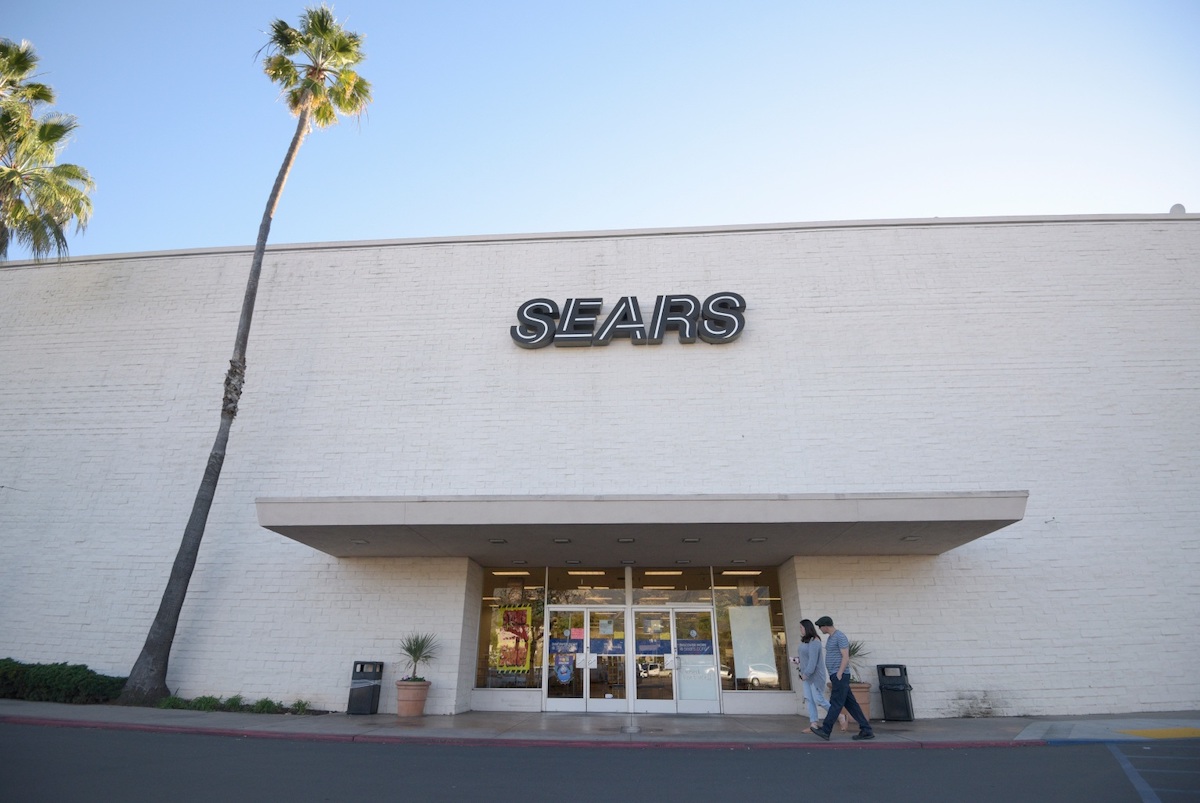Santa Barbara Doubles Down on Housing Density
City Council Votes to Beef Up Development Incentive Program

Santa Barbara leaders opted Tuesday to stay the course in promoting and regulating the construction of new rental housing, choosing to double down on the city’s existing density incentive program rather than shift to a new floor-to-lot ratio strategy. Discussion around the topic was both lively and familiar, with residents reminding the City Council how dire Santa Barbara’s housing crisis really is and Councilmember Meagan Harmon calling the effort to create more workforce stock “one of the greatest public policies of our time.”
The unanimous vote by the Council directed city staff to study ways in which the density program could be enhanced, including increasing the maximum number of units allowed per acre from 63 to perhaps as many as 147, expanding the areas where big multi-unit developments are permitted, encouraging the adaptive reuse of former hotels and other structures into affordable living space, and focusing on La Cumbre Plaza as the best possible place to situate a large number of rentals.
“Because, let’s be honest, that is the future,” said Councilmember Eric Friedman, whose 4th District encompasses the uptown mall. “That is the one area where we have the greatest ability to produce the greatest number of units.” The council also agreed that the city’s downtown is where most of the large, multi-unit projects being envisioned ought to be sited. But both Harmon and Councilmember Michael Jordan said they hoped City Hall, and the community, will have the courage to see such big and bold developments through.
“When we talk about increasing density, we often say, ‘Not in the neighborhoods; only downtown,’ ” Harmon said. “When we have an opportunity to do that work, to make that increase, if we don’t at a certain point, we have to take a look in the mirror and ask if we are really committed to housing production at all.”
Jordan similarly lamented lost opportunities. “Even when we have the pathway, we sometimes don’t take it,” he said. He also addressed the inherently conflicting priorities of building enough housing to support Santa Barbara’s workforce while also preserving the city’s visual character. “There is no doubt in my mind that to increase affordable housing to the level we need to, it would definitely impact the look and feel of Santa Barbara,” he said. “Whether we’re willing to do that is the question.”
Sign up for Indy Today to receive fresh news from Independent.com, in your inbox, every morning.
Mayor Randy Rowse said while he recognized the need, he wasn’t yet willing to sacrifice what makes the community special. “Aesthetics do count,” he said. “This still is Santa Barbara, and I’m not going to give up on that.” Rowse also resisted the notion that many downtown renters won’t own cars, as has been suggested by planners and housing proponents. “We can dream about autonomous vehicles where you whistle and the car shows up or whatever … but in reality, we have people who are fighting each other for parking spaces.”
During the public comment portion of the meeting, some speakers pushed against previous statements made by Rowse that Santa Barbara’s affordable housing shortage is no worse than it’s been in decades past. Linda Honikman with the League of Women Voters told stories of five friends and coworkers who’ve recently struggled to secure roofs over their heads. One held three jobs to cover her student loans, and the only rental she could find in her price range was a shared bedroom in a private home. Another is still frantically searching after mold was discovered in her unit. And another lived in her office with no bed or shower for three months after her landlord died and she was displaced.
Rob Fredericks, CEO of the Housing Authority of the City of Santa Barbara, said he received letters every day from people pleading for help. He read one out loud to the Council:
Dear Santa Barbara Housing Authority,
I am a local school teacher in need of finding a way to sustainably live in Santa Barbara. I am currently paying about 70 percent of my paycheck for a garage studio and do not have enough left over to cover the cost of living. I have no way of saving money or being able to work toward a down payment. This is a very sad state of affairs for Santa Barbara. Things have got to change, particularly for those who do not come from intergenerational wealth, have not owned a home for decades, or do not have a partner with significant income. I desire to stay in Santa Barbara and keep the job I enjoy, which holds significant meaning in our society. However, with condos costing over $5,000 a month and houses costing $1.5 million for a fixer-upper, we stand no chance of surviving here.
Support the Santa Barbara Independent through a long-term or a single contribution.



